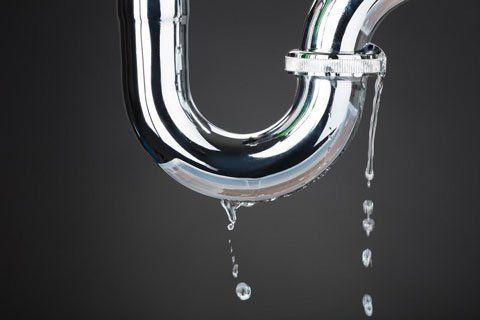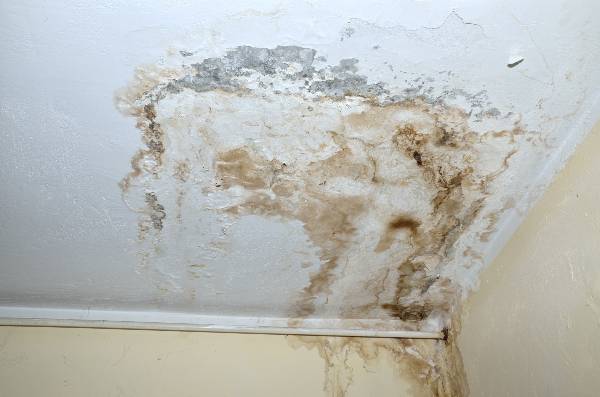How to Check If Your Home Has a Hidden Leak
How to Check If Your Home Has a Hidden Leak
Blog Article
This article below in relation to Leaking water lines is absolutely attention-grabbing. Try it and make your own ideas.

Early discovery of dripping water lines can alleviate a prospective catastrophe. In addition to saving you money, it will lessen the aggravation and irritation. The minute you locate a leak, calling your plumber for fixings is the best remedy. Some tiny water leakages may not be noticeable. If you can not detect it with your nude eyes, here are some hacks that aid.
1. Examine the Water Meter
Every home has a water meter. Examining it is a surefire way that assists you uncover leakages. For beginners, turn off all the water sources. Guarantee nobody will flush, use the faucet, shower, run the washing device or dishwashing machine. From there, most likely to the meter as well as watch if it will alter. Considering that nobody is using it, there ought to be no movements. If it moves, that indicates a fast-moving leakage. If you spot no adjustments, wait a hr or two and also inspect back again. This suggests you may have a slow-moving leakage that could also be underground.
2. Examine Water Consumption
Evaluate your water bills and also track your water intake. As the one paying it, you should observe if there are any disparities. If you find sudden changes, regardless of your consumption being the same, it implies that you have leakages in your plumbing system. Bear in mind, your water costs need to drop under the same range on a monthly basis. A sudden spike in your bill shows a fast-moving leakage.
On the other hand, a stable increase on a monthly basis, despite the same behaviors, shows you have a slow leakage that's also gradually escalating. Call a plumber to thoroughly inspect your residential or commercial property, specifically if you feel a warm location on your floor with piping beneath.
3. Do a Food Coloring Examination
When it comes to water consumption, 30% comes from bathrooms. If the shade somehow infiltrates your dish throughout that time without flushing, there's a leak between the storage tank and also dish.
4. Asses Exterior Lines
Don't fail to remember to inspect your outside water lines as well. Should water permeate out of the link, you have a loosened rubber gasket. One small leak can squander lots of water as well as spike your water costs.
5. Analyze the scenario as well as check
House owners ought to make it a habit to examine under the sink counters and also inside cupboards for any kind of bad odor or mold development. These two warnings indicate a leakage so timely focus is needed. Doing regular evaluations, also bi-annually, can save you from a major trouble.
If you know your house is currently old, keep a watchful eye on your heaters, hoses, pipelines and so on. Check for discolorations and also damaging as the majority of pipelines and appliances have a life span. They will also normally wear away because of damage. Do not wait for it to escalate if you believe leaking water lines in your plumbing system. Call a specialist plumber immediately so you do not end up with a dreadful mess in your house.
Early detection of leaking water lines can minimize a potential catastrophe. Some little water leakages may not be visible. Inspecting it is a guaranteed means that aids you discover leaks. One small leak can throw away loads of water as well as surge your water expense.
If you presume dripping water lines in your plumbing system, do not wait for it to intensify.
How to Know If Your Home Has a Hidden Leak
Water Meter Reveals Inexplicable Water Usage
If you’d like to test whether or not there’s a leak somewhere in your home, you can do this using your water meter. Here is how to conduct the test:
Don’t use any water in your home for at least 30 minutes; this also means not turning on faucets or water-using appliances.
Go outside, and check your water meter for activity.
If your water meter shows that there was activity, even though no one was using any water, this proves that there is a leak in your home.Visible Mold or Mildew Growth
Leaks behind walls create moist, dark environments that allow mold and mildew to grow and thrive. Eventually, you might see mold growth forming on the wall closest to a hidden leak.
If mold is growing in an area that receives a high amount of moisture, such as a bathroom, it may simply be an indication that better ventilation is needed. However, if you see mold growth on a wall or the ceiling in an area where you would not expect, you probably have a hidden leak.
Musty, Mildew Odor
Sometimes you might not be able to see the mold or mildew that is growing as a result of a leak. However, the smell can give the problem away just as easily. If you catch a whiff of something musty, there’s a good chance that old water is collecting somewhere in your home that you can’t see.
Stained/Warped Walls, Ceilings, or Floors
When your home soaks up water, a variety of red flags can become visible, including ceiling stains, bubbling drywall, warped walls, and sagging floors. While these issues can be caused by excess humidity, they can also be signs that a pipe or plumbing connection has started leaking behind your walls.
Inexplicably High Water Bill
After a while, you get a general sense for what your water bill should be. If you own a pool or sprinkler system, your bill will tend to be higher during summer. However, if you receive a water bill that seems especially high, and you can’t figure out what caused it, then you may have a hidden leak somewhere that’s increasing your bill.
https://www.plumbingjoint.com/blog/2019/july/how-to-know-if-your-home-has-a-hidden-leak/

Hopefully you enjoyed our article about Hacks to detect leaks. Thanks so much for taking time to browse our piece. In case you enjoyed our blog posting please do not forget to share it. Thanks a lot for your time invested reading it.
Report this page